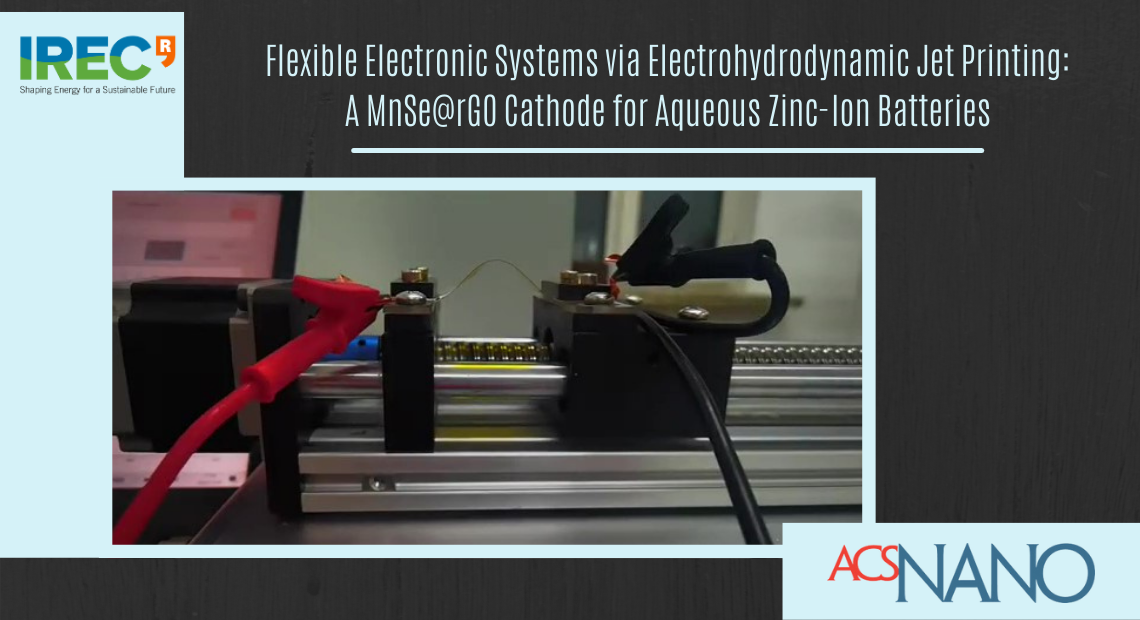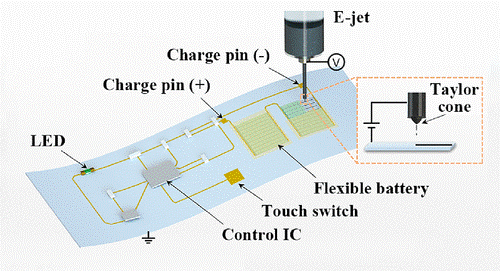Researchers from the Catalonia Institute for Energy Research (IREC) have made a significant advancement that could transform the landscape of flexible electronics. This breakthrough is the result of the collaborative efforts of the Functional Nanomaterials group at IREC and the Harbin Institute of Technology. The research has led to the development of a new type of battery. This battery is not only environmentally friendly but also perfectly suited for powering flexible devices.
Their research focuses on a special type of battery known as zinc-ion batteries (ZIBs). These batteries are safe, environmentally friendly, and perfect for powering devices that need to bend and flex. The team has developed a new component for these batteries that significantly improves their performance. This component, known as a cathode, is made from tiny particles coated in a special type of graphene.
This new cathode significantly enhances the performance of the batteries, making them more efficient and sustainable. This development could have a wide-ranging impact on various industries, from renewable energy to electric vehicles, and could lead to the creation of more versatile and adaptable devices.
The researchers have also developed a new way to print these batteries using a high-precision printer. This allows the batteries to be made smaller and more flexible, making them perfect for use in flexible electronics. The team has successfully integrated these batteries into a touch-controlled light-emitting diode (LED) system, demonstrating the potential of this technology.
• Supporting Video S1
• Supporting Video S2
This research was a collaborative effort, with contributions from a team of researchers including Shang Wang, Guifang Zeng, Qing Sun, Yan Feng, Xinxin Wang, Xinyang Ma, Jing Li, He Zhang, Jiayue Wen, Jiayun Feng, Lijie Ci, Andreu Cabot, and Yanhong Tian. At IREC, we express our acknowledgment for the significant contributions of all these researchers to this study.
For more details, refer to the original article published in ACS Nano in July 2023. The information is available free of charge at https://pubs.acs.org/doi/10.1021/acsnano.3c00672.




